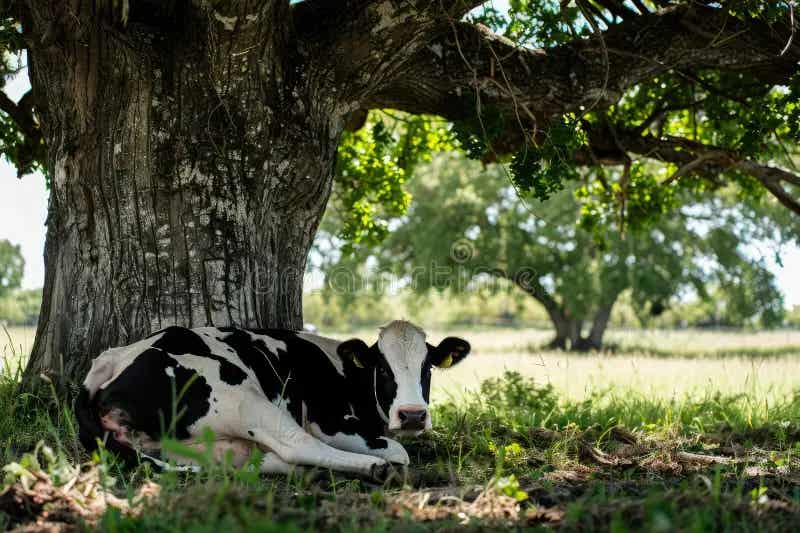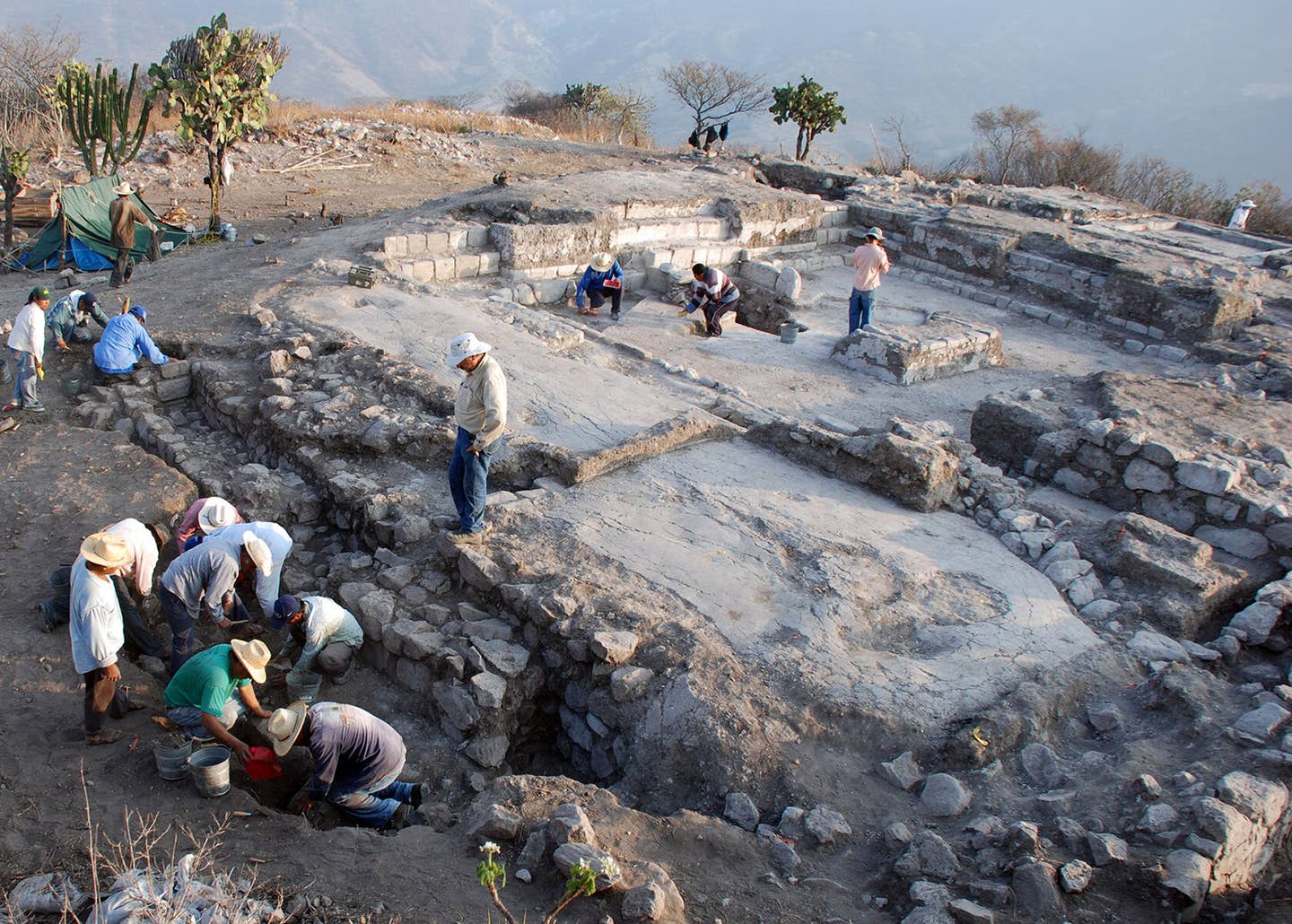Tree bark is crucial to global methane reduction and the fight against climate change
Study finds microbes residing within tree bark are crucial in removing methane gas from the atmosphere

Tree bark surfaces are crucial in removing methane gas from the atmosphere. (CREDIT: Creative Commons)
Tree bark surfaces are crucial in removing methane gas from the atmosphere, as highlighted by a recent study published in Nature. While trees have long been recognized for their role in absorbing carbon dioxide, this research unveils an additional, surprising climate benefit. Microbes residing within tree bark can absorb methane, a potent greenhouse gas, from the atmosphere.
Led by the University of Birmingham, an international research team demonstrated for the first time that microbes in bark or wood remove atmospheric methane on a scale comparable to, or exceeding, that of soil. This process makes trees 10% more beneficial for the climate than previously understood.
Methane contributes to about 30% of global warming since pre-industrial times, with emissions rising faster than ever recorded since the 1980s. Although atmospheric processes remove most methane, soils contain bacteria that absorb and break down the gas for energy. Previously, soil was considered the sole terrestrial sink for methane. However, this research suggests trees might be equally, if not more, important.
Professor Vincent Gauci of the University of Birmingham, the study's lead researcher, remarked, “The main ways in which we consider the contribution of trees to the environment is through absorbing carbon dioxide through photosynthesis, and storing it as carbon. These results, however, show a remarkable new way in which trees provide a vital climate service."
The Global Methane Pledge, initiated in 2021 at the COP26 climate change summit, aims to cut methane emissions by 30% by the decade's end. Gauci emphasized, “Our results suggest that planting more trees, and reducing deforestation surely must be important parts of any approach towards this goal.”
Related Stories
Researchers investigated trees in upland tropical, temperate, and boreal forests, taking measurements in the Amazon, Panama, Wytham Woods in Oxfordshire, UK, and boreal coniferous forests in Sweden. Methane absorption was strongest in tropical forests, likely due to the warm, wet conditions favorable for microbial activity. On average, this newly discovered methane absorption adds around 10% to the climate benefit provided by temperate and tropical trees.
By studying methane exchange between the atmosphere and tree bark at various heights, researchers found that while trees might emit a small amount of methane at soil level, methane from the atmosphere is consumed a few meters up. The team used laser scanning to quantify the global forest tree bark surface area, with preliminary calculations indicating that trees contribute between 24.6 to 49.9 Tg (millions of tonnes) of methane absorption globally. This finding addresses a significant gap in understanding global methane sources and sinks.
Co-author Yadvinder Malhi of the University of Oxford noted, “Tree woody surfaces add a third dimension to the way life on Earth interacts with the atmosphere, and this third dimension is teeming with life, and with surprises.”
Professor Gauci and colleagues at Birmingham are planning a new research program to investigate if deforestation has increased atmospheric methane concentrations. They also aim to learn more about the microbes, the mechanisms they use to absorb methane, and whether this methane removal process can be enhanced.
Other natural methods of atmospheric methane capture:
Several natural processes contribute to the removal of methane from the atmosphere:
- Photochemical Reactions: The primary natural sink for atmospheric methane is its reaction with hydroxyl radicals (OH) in the troposphere. These reactions result in the formation of water and carbon dioxide. The process starts with the methane reacting with OH radicals, producing methyl radicals and water vapor.
- Soil Uptake: Methane-oxidizing bacteria (methanotrophs) in soils consume methane, converting it into carbon dioxide and water. This process occurs in aerobic soils, such as upland forest soils, grasslands, and agricultural lands. Wetlands can also act as both sources and sinks of methane depending on their water table levels and the presence of oxygen.
- Stratospheric Loss: Methane is also removed in the stratosphere through reactions with chlorine and other radicals. These reactions are less significant compared to tropospheric reactions but still contribute to the overall methane budget.
- Hydroxyl Radical Production in the Ocean: Oceans contribute to the production of hydroxyl radicals, which can react with methane. Phytoplankton and other marine organisms release compounds that facilitate the formation of these radicals, aiding in the breakdown of methane over the ocean's surface.
- Wetland Processes: While wetlands are a significant source of methane due to anaerobic decomposition, they also host methanotrophic bacteria that can consume methane before it escapes into the atmosphere. This dual role makes wetlands a complex component of the methane cycle.
Understanding and enhancing these natural processes can play a significant role in strategies aimed at reducing atmospheric methane levels.
Note: Materials provided above by The Brighter Side of News. Content may be edited for style and length.
Like these kind of feel good stories? Get The Brighter Side of News' newsletter.
Joshua Shavit
Science & Technology Writer | AI and Robotics Reporter
Joshua Shavit is a Los Angeles-based science and technology writer with a passion for exploring the breakthroughs shaping the future. As a contributor to The Brighter Side of News, he focuses on positive and transformative advancements in AI, technology, physics, engineering, robotics and space science. Joshua is currently working towards a Bachelor of Science in Business Administration at the University of California, Berkeley. He combines his academic background with a talent for storytelling, making complex scientific discoveries engaging and accessible. His work highlights the innovators behind the ideas, bringing readers closer to the people driving progress.



